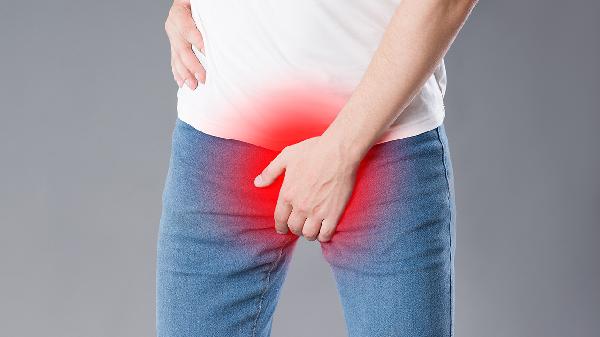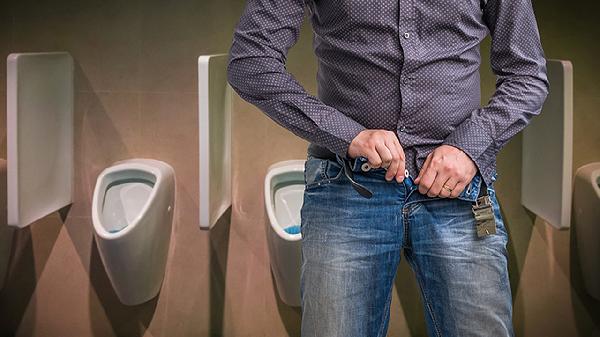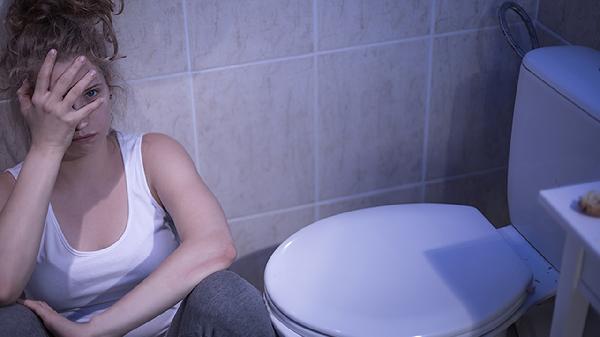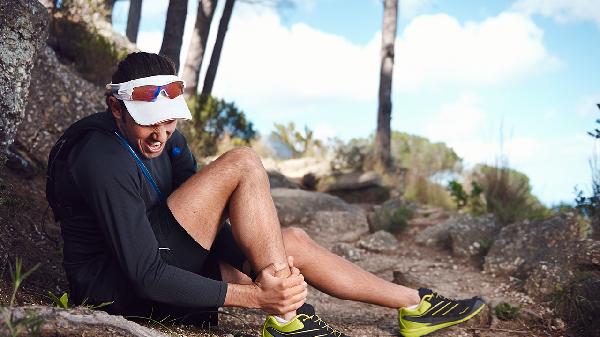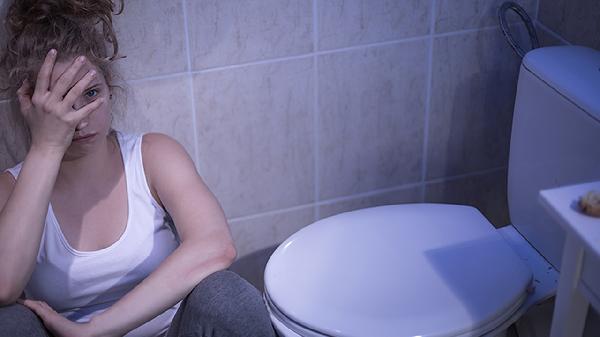How is genital herpes treated? The disease is self-limiting and usually resolves on its own within 1-2 weeks. The goal of treatment is to prevent future recurrences. Currently, there is no specific medication for this condition. The treatment principles are to shorten the course of the disease, prevent secondary infections, and reduce recurrence.
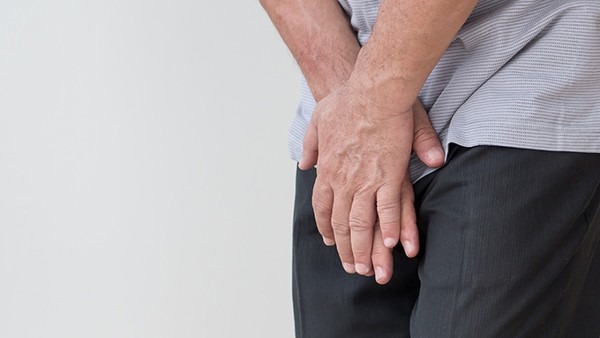
1. Local Therapy:
The principle is to keep the affected area dry, astringent, and protected to prevent secondary infections. You can apply 2% gentian violet solution, 10% bismuth subgallate (Dermatol), zinc oxide ointment or paste, lithospermum and sanguisorba ointment, 0.5% neomycin ointment, or 0.25%~0.1% idoxuridine (IDU) ointment, 5% idoxuridine dimethyl sulfoxide solution (for skin herpes), etc. For facial herpes, 10% aluminum acetate or zinc-copper compound can also be used.
2. Systemic Therapy:
The treatment principles are to prevent the activation of the HSV virus and to regulate the immune system to prevent recurrence. Acyclovir can be administered intravenously or orally, Lizhuwei orally, interferon intramuscularly, and interleukin II intramuscularly. In the treatment of recurrent genital herpes, we use 3 million units of interferon produced by the Fourth Military Medical University Biotechnology Center, administered intramuscularly once daily for 10 days, totaling three courses. This is appropriately combined with interleukin II, Ribavirin, or Spirulina, resulting in 95% of patients not experiencing recurrence.
3. Pathogen Therapy
(1) Acyclovir (ACV): Selectively inhibits viral replication, reduces the occurrence of new lesions, alleviates pain, and shortens the healing and virus shedding time. For primary or initial episodes of GH, 0.2g orally, 5 times/day for 7~10 days; for recurrent GH, 0.2g orally, 5 times/day for 5 days, or 0.4g orally, 3 times/day for 5 days, or 0.8g orally, 2 times/day for 5 days. For mild cases, 1~1.6g/day, divided into 5 oral doses for 5~7 days; for severe cases, 15mg/(kg·d), intravenously for 5~7 days. Use with caution in dehydrated patients and those with renal insufficiency. In recent years, derivatives of acyclovir (ACV) such as valacyclovir (Valtrex) and famciclovir (Famvir) have also been used in the treatment of this disease.
(2) Foscarnet: For ACV-resistant virus infections with TK gene defects, foscarnet 40mg/kg, intravenously every 8 hours until recovery.
(3) Ribavirin: 0.6~0.8g/day, orally or intramuscularly for 5~7 days.
(4) α, β, and γ-interferon (α, β, γ-IFN): 1 million units/day for 5~7 days.
(5) Poly I:C 2~4ml, intramuscularly every other day for 5~7 days.
(6) Cytarabine can also be used.
4. Immunotherapy
Straus et al. used gD-2 vaccination, which is recombinant HSV-2 glycoprotein D expressed in CHO cells, to induce antigen-specific neutralizing antibodies equivalent to or exceeding the levels produced by GH patients. 100µg/dose, repeated once after 2 months, significantly reduced the number of recurrences compared to the control group, and was also effective in alleviating symptoms and preventing infection.
5. Local Therapy
Care should be taken to protect the wound, keep it clean and dry, and prevent secondary bacterial infections. 5% acyclovir (ACV) ointment or cream, α or β interferon cream or gel, 1% gentian violet solution, 3% tetracycline ointment, or 25% zinc oxide oil can be used.
6. Symptomatic Therapy
If secondary bacterial infection occurs, antibiotics should be used as appropriate. If the pain is severe, analgesics can be administered.
7. Partner Management
Since most partners may already be infected with HSV, they should also be examined and treated if necessary.
8. Traditional Chinese Medicine
(1) Damp-heat Downward Pouring Type:
Treatment: Clear heat and drain dampness, combined with detoxification.
Prescription: Modified Longdan Xiegan Tang
(2) Liver and Kidney Deficiency Type:
Treatment: Clear heat and transform dampness, nourish the liver and kidney.
Prescription: Modified Zhi Bai Dihuang Wan combined with Bi Xie Shen Shi Tang.



